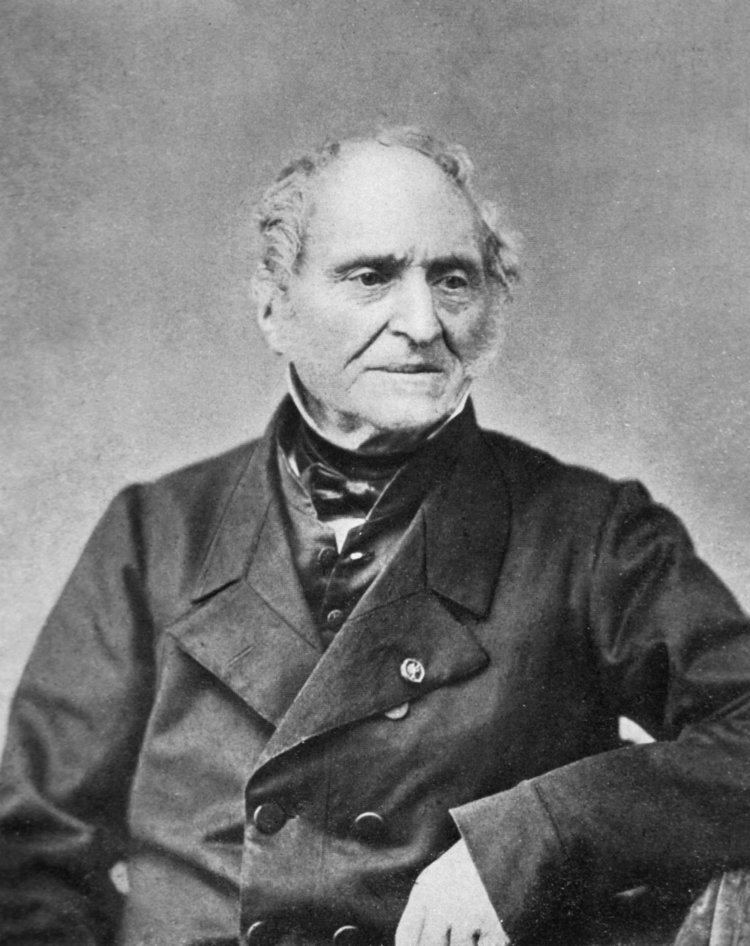Name Jean Cruveilhier Role Anatomist | ||
 | ||
Jean Cruveilhier [ʒɑ̃ kʁyveje] (February 9, 1791 – March 7, 1874) was a French anatomist and pathologist.
Contents

Academic career

Cruveilhier was born in Limoges, France. As a student in Limoges, he planned to enter the priesthood. He later developed an interest in pathology, being influenced by Guillaume Dupuytren (1777-1835), a friend of Cruveilhier's father. In 1816 he earned his medical doctorate in Paris, where in 1825 he succeeded Pierre Augustin Béclard (1785–1825) as professor of anatomy. In 1836 he relinquished the chair of anatomy to Gilbert Breschet (1784–1845), and in doing so, became the first occupant of the recently founded chair of pathological anatomy.

In 1836 he was elected to the Académie de Médecine, becoming its president in 1839. For over forty years he was president of the Société anatomique. Puerto Rican pro-independence leader, surgeon and Légion d'honneur laureate, Ramón Emeterio Betances, was one of his prominent students. He died, aged 83, in Sussac.
Contributions

He was a highly influential anatomist, making important contributions in his study of the nervous system. Jean-Martin Charcot (1825-1893) credits Cruveilhier as being the first to describe lesions associated with what today is known as multiple sclerosis, of which were depicted in Cruveilhier's Anatomie pathologique du corps humain (two volumes 1829-1835, 1835-1842). Cruveilhier is also credited as being the first to provide a pathological account of the disease.
Cruveilhier was an opponent of large maternity hospitals, favoring home care as well as smaller hospitals with private rooms for women in labor. He performed extensive research involving the vascular system, being remembered for his studies of phlebitis, of which he believed to "dominate all of pathology".
His name is associated with Cruveilhier's sign (persistent hypertension and occlusion of the portal vein) and Cruveilhier-Baumgarten disease (cirrhosis of the liver without ascites), a condition named with German pathologist Paul Clemens von Baumgarten (1848-1928). Cruveilhier's name is also associated with several parts of the anatomy, however these terms have largely been replaced by the modern anatomical nomenclature:
